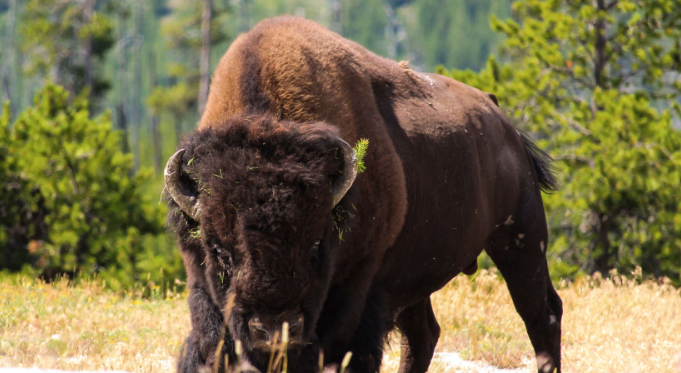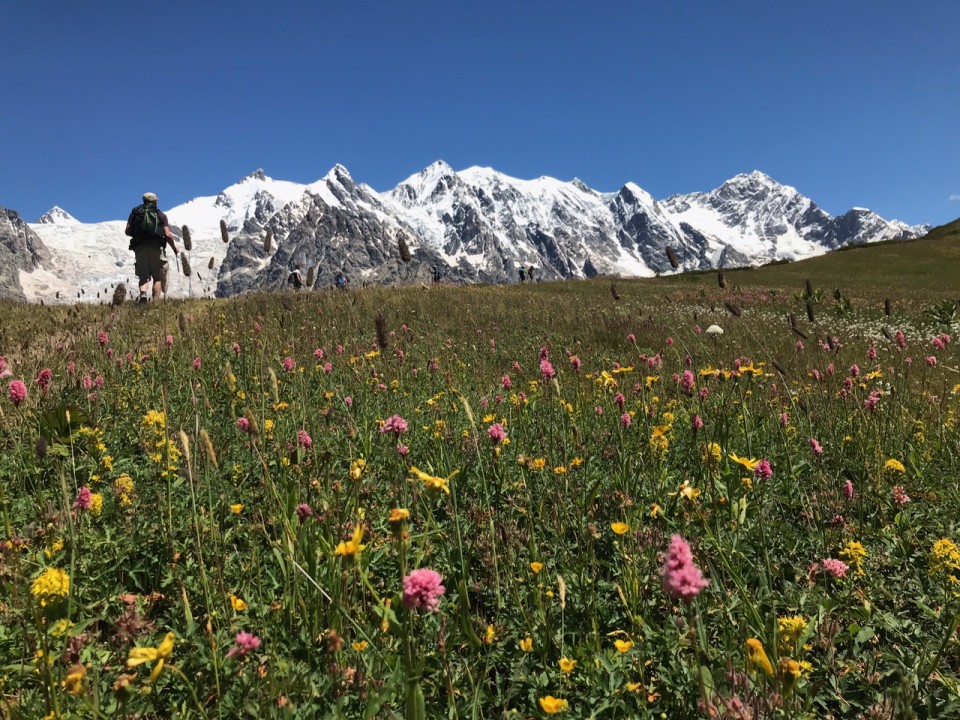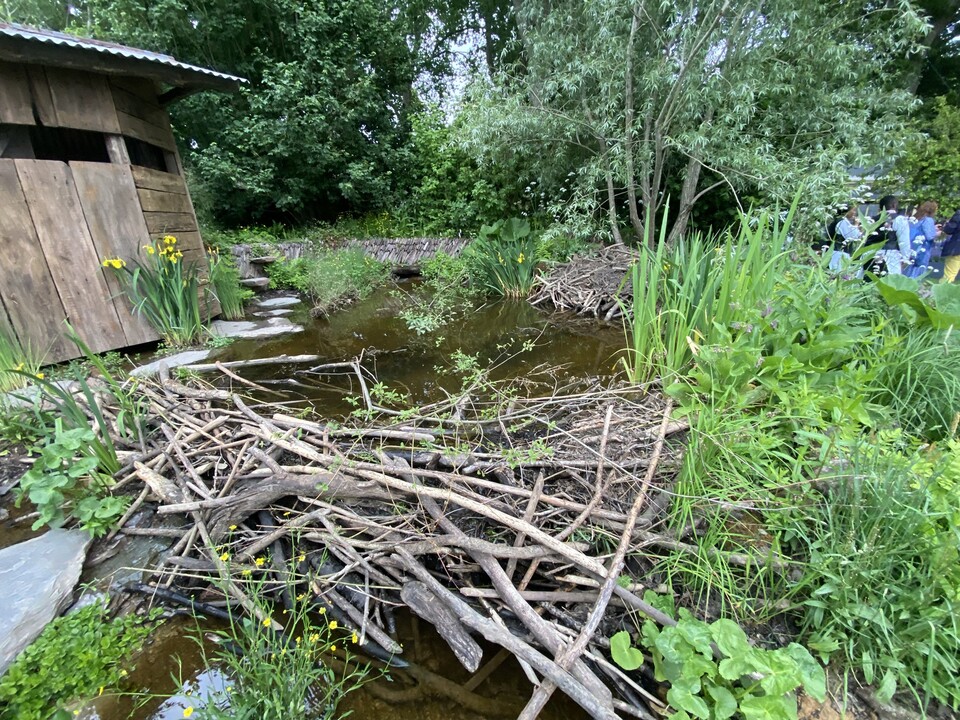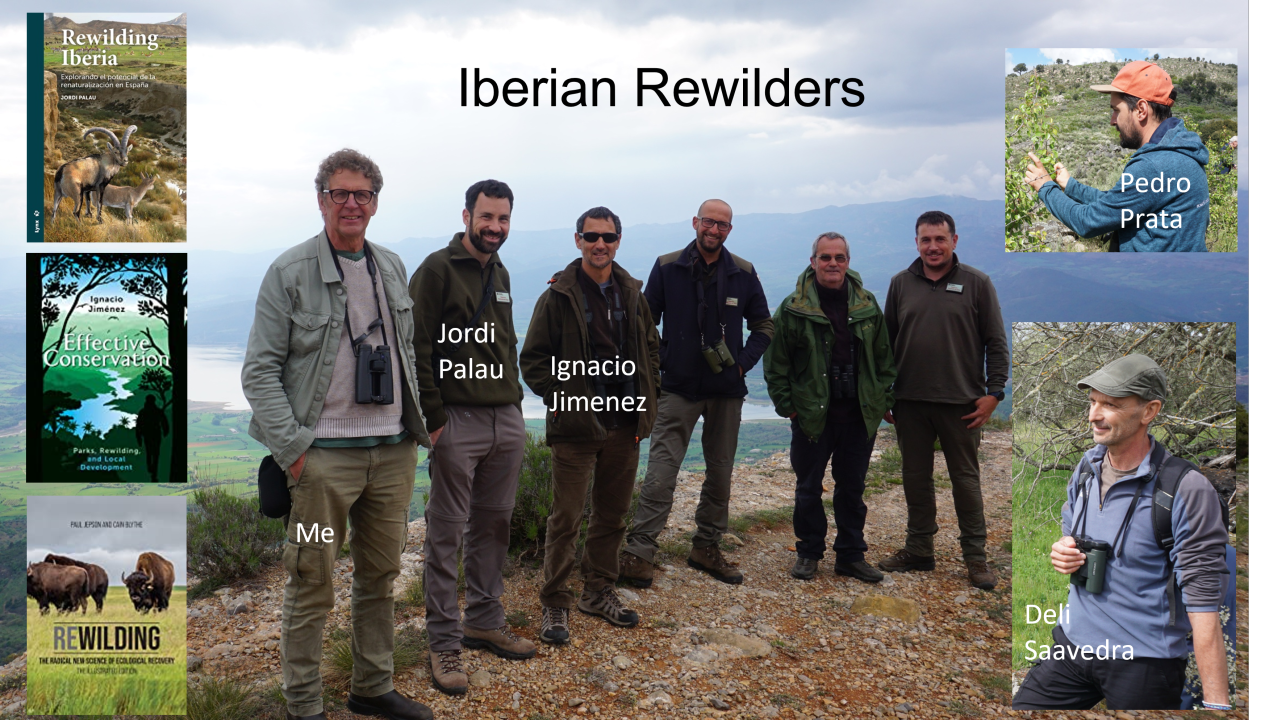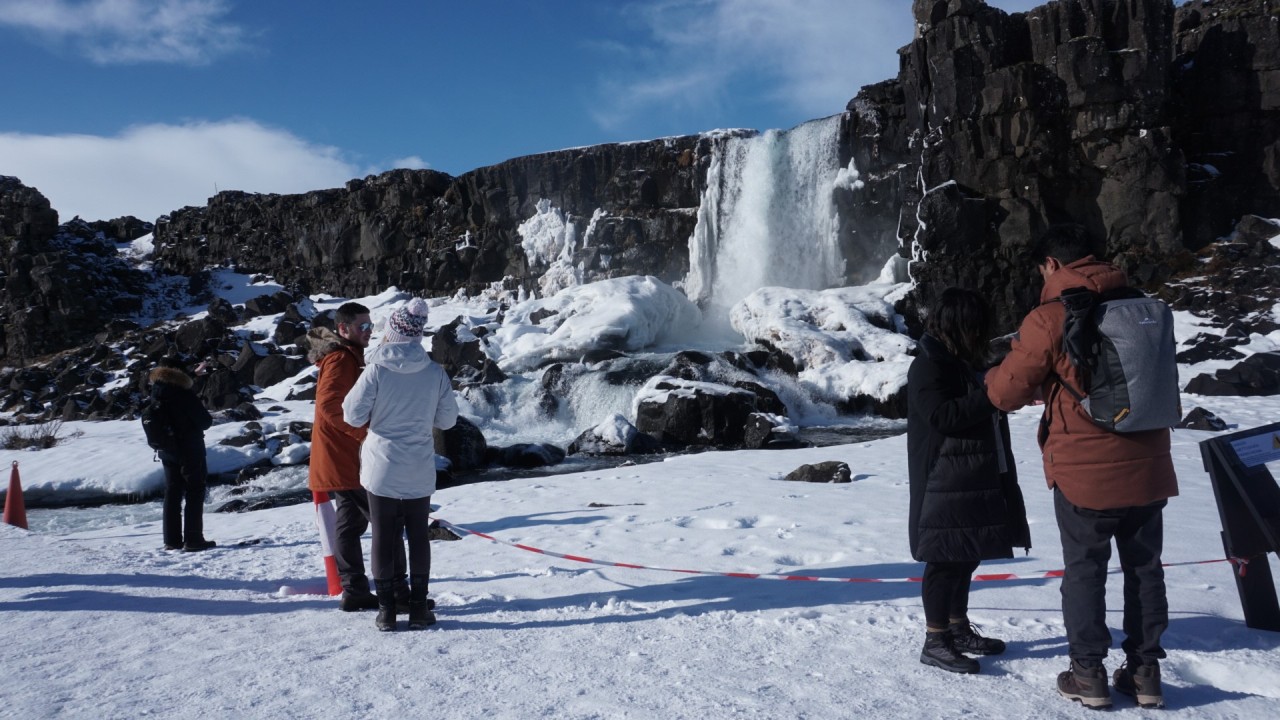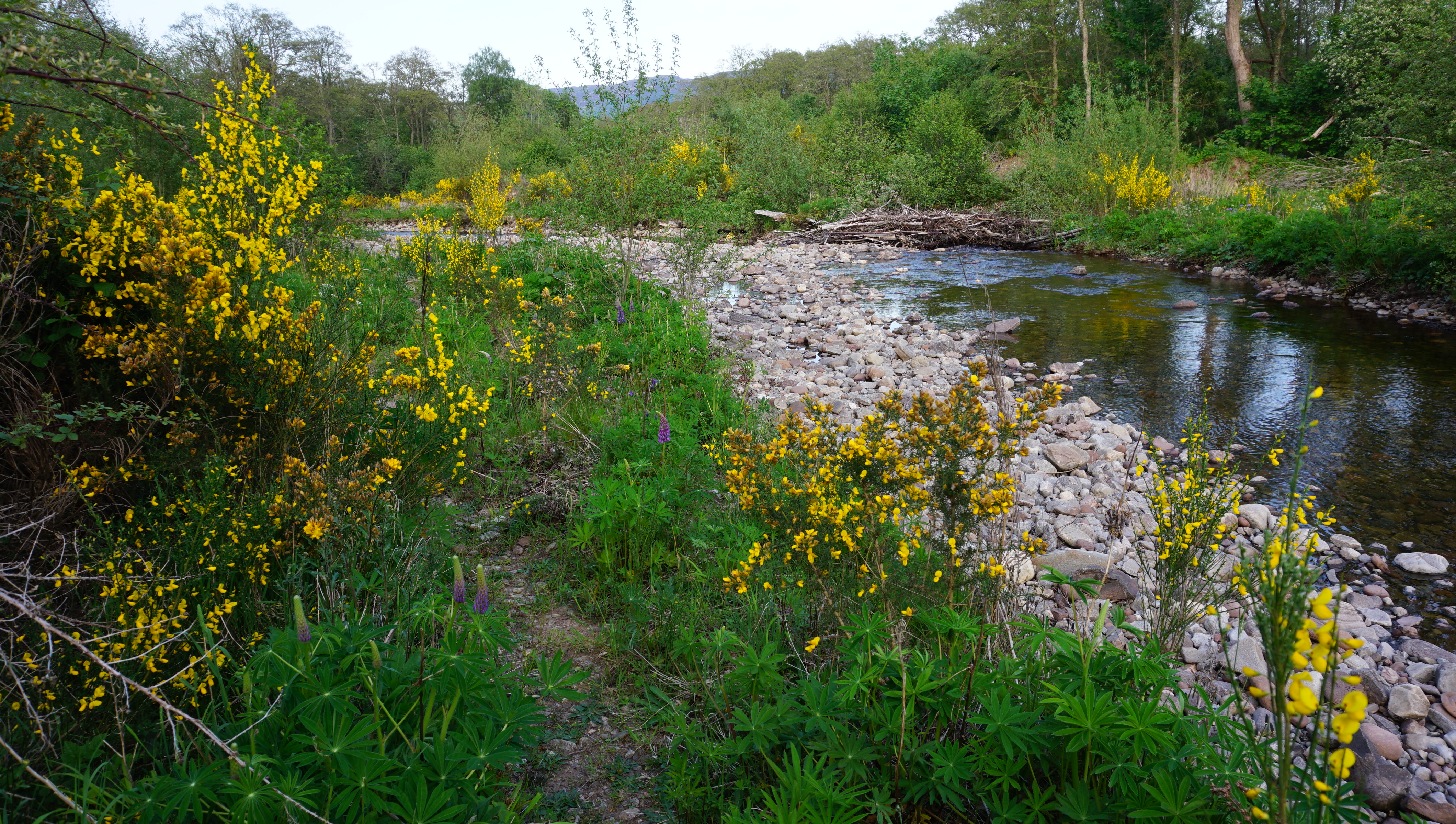This opinion article was published in apolitcal on 19 November 2019
Our planet’s nature is at a low ebb.
Scientists are warning of a sixth extinction crisis, and in many regions, even insect populations are in serious decline. The failure of public policy to halt the deteriorating state of nature together with advances in ecological science is prompting a major reassessment of our approach to nature conservation.
This new approach is called rewilding, and provides innovative solutions that address the many urgent environmental and social challenges of our time. It complements and extends our current ‘protectionists’ paradigm of nature management and creates opportunities for innovation in nature policy.
What is rewilding?
To explain what rewilding is, we first have to understand how our planet has evolved over time.
Rewilding is built on new scientific understandings of the co-evolution of grasslands and herbivores that started around 25 million years ago.
It is now widely recognised that vast regions in Europe, Siberia, India, North and South America as well as Africa were savanna biomes. These ecosystems were shaped by the dynamic interactions between large herbivores and vegetation, periodic fires and slow but relentless physical disturbance events such as river braiding.
“Today, the realisation that biodiversity policy has been protecting the ecological impacts of historic extinctions and domestication is interacting with public enthusiasm for wilder nature.”
This equilibrium changed once modern humans radiated out across the world between 25,000 and 10,000 years ago. Our hunter-gatherer ancestors caused the widespread demise of the large herbivores around leading to a “downgrading” of ecosystems. As the grazers were no longer around to keep woody vegetation in check, trees got the upper hand over grasses and forests became the dominant vegetation
Over the centuries, the grassland-herbivore systems that survived were domesticated and simplified to become pasture and livestock.
Today, the realisation that biodiversity policy has been protecting the ecological impacts of historic extinctions and domestication is interacting with public enthusiasm for wilder nature. It’s also working with the need to tackle a new era of biodiversity loss caused by the decline of traditional agriculture and climate change.
Put simply, rewilding proposes reassembling the herds of different types of large herbivores from the wild and domestic species we still have — such as horses and cattle — and restoring the natural processes that have shaped wild landscapes for eons, for example by removing man-made dykes, fences and drains.
The theory is that the combination of free-roaming grazing animals, weather and other natural disturbances creates messy and ever-changing landscapes with a myriad of “eco-spaces” where other animals and plants can live.
As human intervention is relaxed, these recovering ecological dynamics support the recovery of both biodiversity and bio-abundance, along with beneficial natural processes such as siltation, filtering and pollination can recover.
Nature makes a comeback
In North America, where large herbivores such as bison, elk and deer survived in national parks, the focus of rewilding is on reintroducing lost predators, notably the wolf.
This process restores the so-called “landscapes of fear” where gazers avoid areas with poor predator site-lines, thereby creating more complex and varied landscapes, what’s also known as vegetation mosaics.
In Europe, where wild aurochs and horses disappeared centuries ago, and only 50 bison survived in zoos, rewilding has started from the bottom up and involves the de-domestication of cattle, horses and zoo animals — breeding new herds of wild animals from animals that have for generations lived in man-made enclosures.
“Rewilding offers a solution: Replacing traditional human-led herding with free-roaming herds maintains the flower-field meadows and landscape character whilst creating a new wildlife attraction that can form the basis of new tourism-based economies in the villages.”
The new landscapes produced have been likened to a cold version of Africa’s Serengeti plains, where grazers, grasses and bushes dominate as was the case for millions of years before modern humans unwittingly caused their demise: These landscapes are totally novel to the European scientific community, public policy and society in general, and this creates an opportunity to innovate and design new natural assets that generate multiple forms of value, including solutions to pressing social and environmental issues.
Pioneer projects in Europe and elsewhere are demonstrating impressive comebacks of wildlife and solutions to issues such as climate-induced flood-risk and wildfires, water pollution, rural depopulation, and repurposing grey infrastructure.
An early and inspirational example is Gelderse Poort in the Netherlands. During the early 1990s residents, businesses and farmers in Nijmegen suffered serious losses from flooding, as the highly engineered River Waal, which is part of the part of the Rhine, was unable to cope with flood pulses linked to climate change.
A consortium of progressive ecologists came up with an innovative solution to this problem.
They facilitated a deal with local brick companies, who purchased agricultural land within the winter dykes and mined the accumulate clays in a manner that restored the old braided river morphology.
They introduced “wilded” cattle and horses, beavers and sturgeon; river dunes, woodlands and rich aquatic systems emerged. The local administration benefited from reduced flood control and insurance costs, improved water quality, and citizens now enjoy a wonderful new recreation landscape, increased property prices and a renewed sense of civic pride.
Owing in part to this innovative project, Nijmegen received the prestigious European Green Capital award in 2018.
A new relationship with nature
Several regions of Europe, especially those in the east, the Iberian Peninsula and around the Alps, are witnessing the collapse of traditional agriculture and pastoralism which can no longer compete with industrialised food production systems.
This is leading to rural depopulation and loss of social cohesion, but also the transition of biodiversity-rich pasturelands into less diverse and more flammable scrub and woodland.
Rewilding offers a solution: Replacing traditional human-led herding with free-roaming herds maintains the flower-field meadows and landscape character whilst creating a new wildlife attraction that can form the basis of new tourism-based economies in the villages.
In drier areas, the herds will reduce woody biomass and the intensity of wildfires and once their numbers grow they can be harvested for wild meat or hunting trophies.
Rewilding with mega-herbivores, such as bison, horses and deer also offers the prospect of a nature-based climate solution with co-benefits, which are the added benefits to human life and society that comes from efforts to address the climate crisis.
The Paris climate agreement included commitments to explore ways to pull carbon out of the atmosphere as well as reduce what we emit. It is not just trees that are good at capturing Co2.
Wood-pasture-herbivore systems are also good at it — and fast.
The circle of life
Herbivores transfer the carbon captured by plants into dung which they trample into the soil.
They also keep it in their bodies, and these provide food for predators, scavengers, ticks and the like. A carbon-based ecosystem expands above and below ground and restores other biophysical assets such as soil fertility, water quality, natural product (fungi, berries etc.) as well as spectacular wildlife.
Integrating technology into the design and development of these rewilded systems makes them a value-generating proposition. This is because technology offers the prospect of low cost tracking of “wilded” herds, smart systems for paying for public good benefits such as carbon, sequestration, internet marketing of activities and produce and collaboration between landowners and entrepreneurs.
Outdated policies can make rewilding illegal
Rewilding represents an exciting category of nature-based solutions but it also needs supportive policies and there are significant institutional challenges to overcome.
For example, government veterinary agencies are tasked with keeping disease in the livestock population at a minimum, with the result that cattle, pigs and other livestock is often highly medicated and their movements tightly controlled.
The appearance of free-ranging herds of cattle and horses that are allowed to experience natural levels of disease and death, and that support highly mobile scavenger species such as vultures and jackals, would unsettle and complicate polices to promote biosecurity in the livestock sector.
Rewilding can also be in tension with our current biodiversity policy and the goals of environmental lobbyists. For example, in Europe, vegetation is classified into different habitat types based on different mixes of plant species.
Nature sites are designated to protect rare and representative habitats, and in European countries it is a government responsibility, codified in law to maintain rare habitats in favourable conditions based on scientific descriptions of their species composition.
Introducing graziers into protected will disrupt the composition of the habitat and this may be illegal in designated sites under our current laws, despite having a beneficial impact wildlife overall. Furthermore, specifying habitats in terms of composition empowers environmental groups in law.
Environmental activists understandably worry that reframing nature as flexible, dynamic and restorable could play into the hands of development interests, as rewilding may imply that existing policies to protect nature are outmoded and new and better natures can be created or restored on land with low natural value. This is not the case.
The slogan “Protect the best, restore the rest” captures the belief that we must protect the achievements of environmental protection but also be more ambitious and rewild degraded lands that nature doesn’t need our help to flourish.
We need design studios for nature
Realising the full potential of rewilding as a nature-based solution will require policy innovation and institutional change. In my view, this requires the designation of experimental areas where existing policies are relaxed to create the space for innovation and the design of new policy.
These could be “nature design studios” that bring together progressive thinkers from different walks of life and engage citizens in the creation of new natural heritage.
Rewilding offers a solution to one of the greatest policy challenges of our time – how to move from our current reality and narrative of environmental damage and crisis towards a future narrative of ecological recovery and hope.
Picture credit:Chloe Leis/Unsplash

